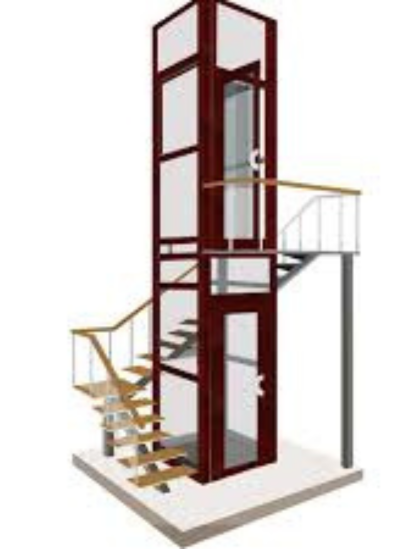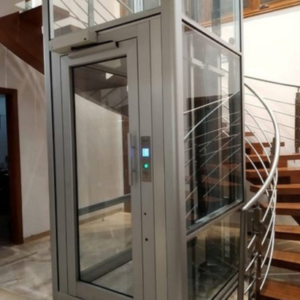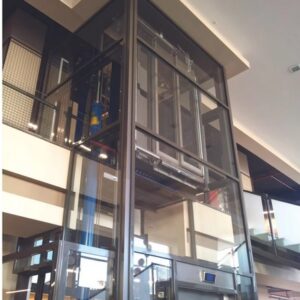Home Lift Prices in Nigeria
Home lifts have become an essential feature in modern Nigerian homes, providing convenience, accessibility, and luxury. Their cost varies depending on factors such as type, design, load capacity, and installation requirements. Structural modifications, maintenance, and energy efficiency also influence pricing, making it essential to choose a reliable and professional installation service.
Product Description
Home Lift Prices in Nigeria
Home lifts have become increasingly popular in Nigeria, especially in modern residential buildings, duplexes, and luxury apartments. They offer convenience, accessibility, and enhanced mobility for individuals, particularly the elderly and those with disabilities. Installing a home lift can also increase property value, making it a worthwhile investment. The cost of a home lift depends on several factors, including the type of lift, its design, the number of floors it will serve, and the installation process.
Types of Home Lifts
There are different types of home lifts available in Nigeria, each designed to suit specific needs and building structures. Hydraulic lifts are commonly used in residential settings due to their smooth and quiet operation. They require a dedicated machine room and use hydraulic fluid to move the lift cabin. Traction lifts operate with ropes and counterweights, offering energy efficiency and a longer lifespan. Pneumatic vacuum lifts are modern and space-saving, using air pressure to move the lift cabin without requiring a machine room or deep pits. Each type has unique installation requirements and features that contribute to its overall functionality.
Factors Affecting Home Lift Prices
Several factors influence the price of a home lift in Nigeria. The number of floors a lift serves affects the overall cost, as a lift covering multiple floors requires additional components such as a stronger motor, extended wiring, and advanced safety systems. Load capacity also plays a role, with lifts designed to carry more passengers or heavier weights typically requiring more robust construction and higher-quality materials. The choice of materials and interior design options, such as glass panels, stainless steel finishes, or wood accents, can add to the overall cost.
Installation and Structural Modifications
Installing a home lift requires careful planning, and in some cases, modifications to the existing structure may be necessary. If a home was not initially designed to accommodate a lift, adjustments such as creating a shaft, reinforcing floors, or expanding doorways may be required. The complexity of installation depends on whether the lift is integrated into the building during construction or added later as a retrofit. Proper installation ensures safety, efficiency, and longevity, making it essential to work with professional lift engineers and certified installation teams.
Maintenance and Long-Term Considerations
Regular maintenance is crucial to keeping a home lift in good working condition. Routine servicing helps prevent technical faults and ensures safety features function properly. Homeowners should consider maintenance agreements with reputable service providers to ensure timely inspections and repairs. Apart from maintenance, energy consumption is another consideration, as different lift types have varying power requirements. Energy-efficient models can help reduce long-term operational costs while maintaining optimal performance.
Choosing the Right Home Lift
Selecting the right home lift requires careful assessment of individual needs and home structure. Some homeowners prioritize space-saving designs, while others focus on comfort and aesthetics. Safety features such as emergency braking systems, battery backups, and intercom communication should also be considered. Consulting with experienced professionals can help in choosing the best lift solution that meets both functional and aesthetic preferences.













Reviews
There are no reviews yet.